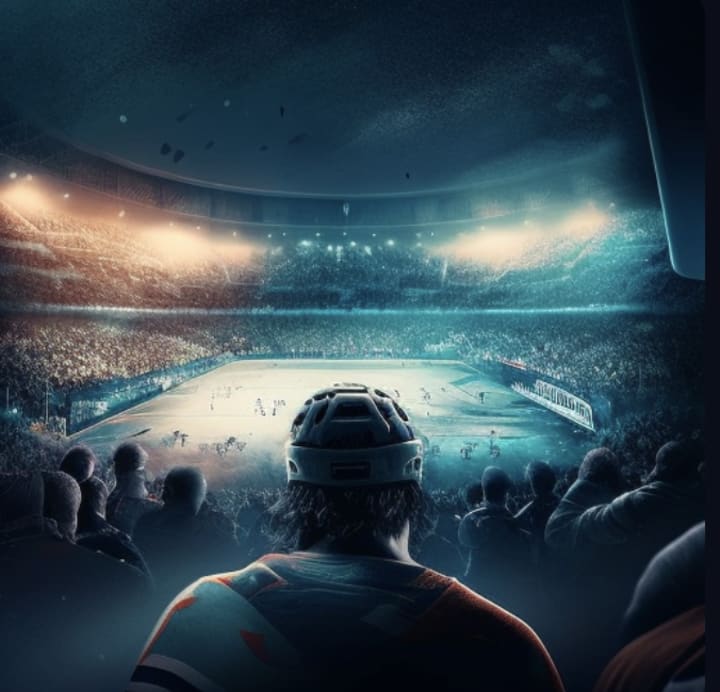The Evolution of Hockey:
How Equipment, Skates, and Arenas have Transformed the game

The National Hockey League (NHL) has been a staple of North American sports for over a century. From its early days of six teams in 1917 to its current 31 teams, the game has undergone significant changes in terms of players' equipment, hockey arenas, and viewership.
One of the most significant changes in hockey has been in the design of skates, which have greatly impacted the speed of the game. In the 1970s, hockey skates were heavy and clunky, with thick leather uppers and thick steel blades. This made it difficult for players to skate quickly and maneuver around the ice. However, in the 1980s, skate manufacturers began to experiment with new materials and designs. They started using lightweight synthetic materials for the uppers and made the blades thinner and more flexible. This led to skates that are much lighter and more responsive, allowing players to skate faster and with more control.

As the game became faster, players were able to move around the ice with greater speed and agility, resulting in more exciting and high-scoring games. The average number of goals per game rose from 6.21 in the 1970s to 6.97 in the 2000s. Additionally, the average speed of the players also increased, with players able to skate up to 30 miles per hour. These advancements in skate technology also had an impact on how the game was played. With players able to skate faster, the game became more focused on speed and skill, rather than brute force. This led to the rise of smaller, faster players, who were able to out skate and outmaneuver larger, slower players.

In terms of players' equipment, the use of plastic and composite materials in hockey sticks has become increasingly popular. These sticks are lighter and more durable, allowing players to shoot the puck harder and faster. Additionally, goalie equipment has also become larger and more protective to better guard against high-speed shots. With the evolution of the equipment, players have been able to play at a more intense and faster level, which has resulted in a more exciting game for the fans.

In terms of hockey arenas, many teams have moved into newer, state-of-the-art arenas. These arenas often have amenities such as luxury suites, club seating, and improved concessions, making the fan experience more enjoyable. The new arenas also brought in more revenue for the teams, with the average team value rising from $13 million in the 1990s to $500 million in 2019.
Viewership has also grown significantly over the last 50 years, with more and more people tuning in to watch games on television and streaming platforms. This has led to increased revenue for the league and its teams. The NHL has become one of the most popular sports leagues in North America, with an average of 21 million viewers per game in the 2020-2021 season.

Looking to the future, technology is expected to play an even bigger role in the league. Virtual and augmented reality may be used to enhance the fan experience at games, while data analysis and biometrics may be used to improve player performance. Additionally, as the world becomes more environmentally conscious, we may see a shift towards more sustainable practices in hockey arenas.

In conclusion, the evolution of hockey and the NHL over the last 50 years has been significant, with new technologies, new arenas, and a growing fanbase, the future of hockey looks bright. The advancements in equipment, skate technology, and arenas have allowed for a more exciting and dynamic style of play, resulting in a more enjoyable fan experience. It will be exciting to see how the league continues to evolve in the next 50 years. The hockey and the NHL has come a long way since its early days, and it is sure to continue to be a major player in the sports world for many years to come.
About the Creator
Edward Vaseerbak
I'm a storywriter and futurist. I create inspiring stories that consider the history of humanity and explore the potential for future growth. I use the power of storytelling to spark the imagination and encourage people to dream big.






Comments
There are no comments for this story
Be the first to respond and start the conversation.